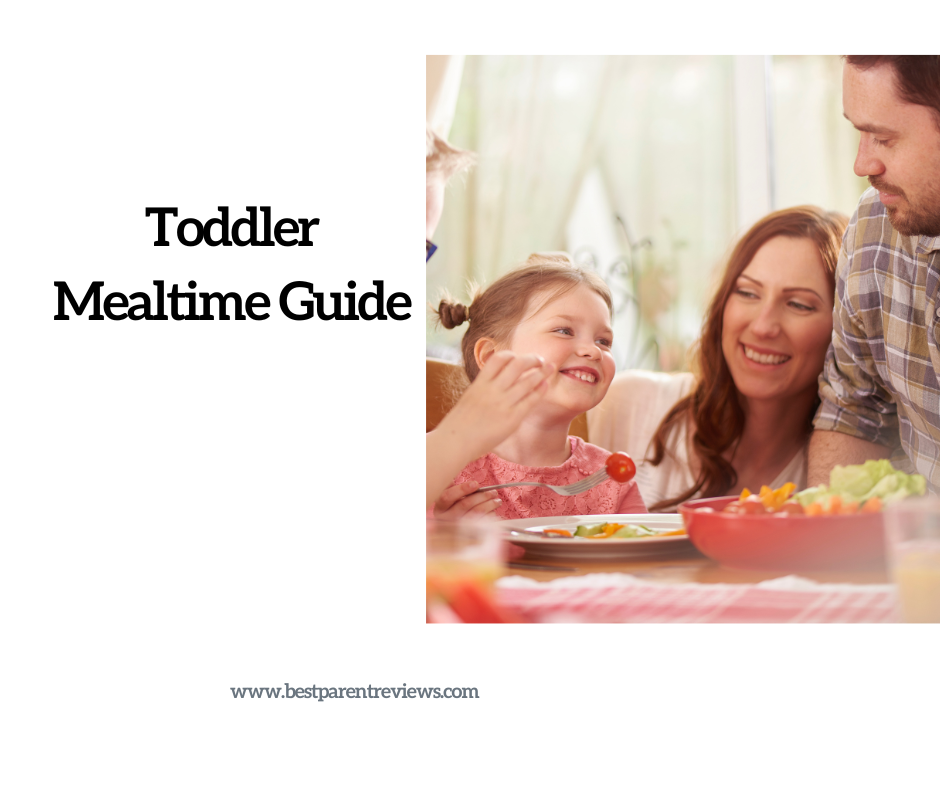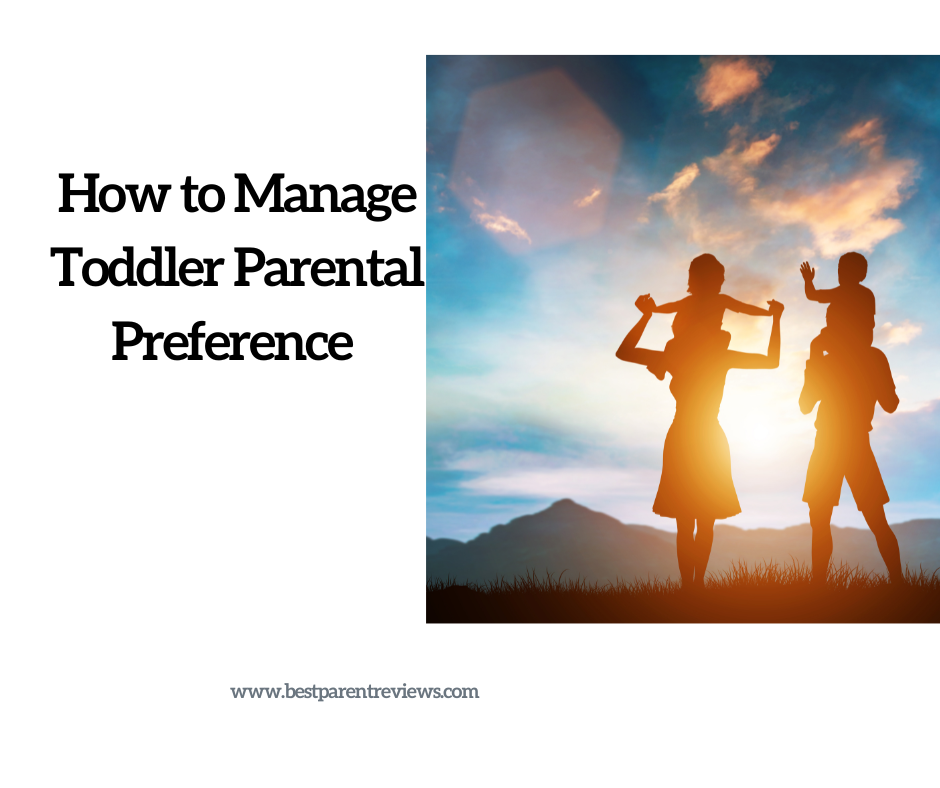Crush vs. Non-Crush Plastic Ball Pit Balls: Decoding the Pros and Cons
When it comes to creating the perfect ball pit for your little ones, the choice of plastic balls is a critical decision. Two primary options dominate the market: crush-proof and non-crush plastic balls. Each type brings its own set of advantages and drawbacks. In this comprehensive guide, we’ll dive into the pros and cons of crush vs. non-crush plastic ball pit balls to help you make an informed decision for an unforgettable playtime experience for your foam ball pit or your 3-piece ball pit.

Crush-Proof Plastic Ball Pit Balls: The Sturdy Contenders for Kids Ball Pits
Pros:
- Durability: Crush-proof balls are durable. Constructed with thicker, more resilient materials, these balls can withstand the rough and tumble of energetic play. You won’t find them losing their shape or popping easily, even under the most enthusiastic play sessions.
- Longevity: Due to their robust construction, crush-proof balls tend to have a longer lifespan. They resist wear and tear, making them a cost-effective choice in the long run. You won’t need to replace them as frequently, ensuring sustained enjoyment for your little ones.
- Versatility: Crush-proof balls are versatile and suitable for various age groups. From toddlers exploring their surroundings to older kids engaging in more active play, these balls cater to a wide range of developmental stages.
Cons:
- Firmer Texture: The very durability that makes crush-proof balls resilient can also be a potential downside. Some parents note that these balls have a firmer texture, which may affect the tactile experience for children who prefer softer materials.
- Heavier: Crush-proof balls are often slightly heavier than their non-crush counterparts due to the denser materials used in their construction. While this may not be a significant issue for most play setups, it’s worth considering if you have specific weight concerns. Heavier balls are more likely to break things if roughhousing gets too intense!
- Expensive: Crush-proof plastic balls can be up to twice as expensive – These ones from Walmart cost $20+ for a 100pakc
Non-Crush Plastic Ball Pit Balls: The Soft and Sensory-Friendly Option for Toddler Ball Pits

Pros:
- Soft Texture: Non-crush plastic balls are known for their softer feel, providing a gentle and sensory-friendly play experience. This is especially beneficial for younger children or those with sensory sensitivities who may prefer a softer touch.
- Lightweight: These balls are typically lighter than crush-proof alternatives, making them easier for little hands to handle. The lightweight nature enhances the overall play experience, allowing for more dynamic and fluid movements.
- Enhanced Sensory Play: The softer texture of non-crush balls can contribute to enhanced sensory play. They offer a pleasant tactile experience that engages children’s senses, making them ideal for activities that involve touching and exploring.
- Cheaper: Non-crush plastic balls are cheaper. These ones from Walmart are roughly $10 per 100
Cons:
- Prone to Damage: While non-crush balls provide a softer play experience, they are more susceptible to damage. Their thinner construction may lead to deformation or popping, especially with rough play. This could result in a shorter lifespan and the need for more frequent replacements.
- Age Considerations: Due to their softer nature, non-crush balls may be better suited for younger children who are less likely to engage in vigorous play. Older kids may find them less appealing for activities that involve bouncing or throwing.
In either case – it is good to use the recommendations in our cleaning guide to keep everyone safe and healthy.
Conclusion: Making the Right Choice for Your Ball Pit
In the clash between crush-proof and non-crush plastic ball pit balls, there’s no one-size-fits-all answer. The ideal choice depends on your specific preferences, the age of your children, and the type of play environment you envision. If durability and longevity top your list of priorities, crush-proof balls might be the way to go. On the other hand, if you prioritize a softer, sensory-friendly experience, non-crush balls could be the perfect fit.
Consider your child’s preferences, the intended use of the ball pit, and your budget when making this decision.
We recommend going with crush-proof due to being cheaper and less likely to damage other things in the playroom when thrown. We recommend balancing out the savings by buying more and keeping them clean!


